Shanghai, China
+86-17317656853
inquiry@cgprotection.com





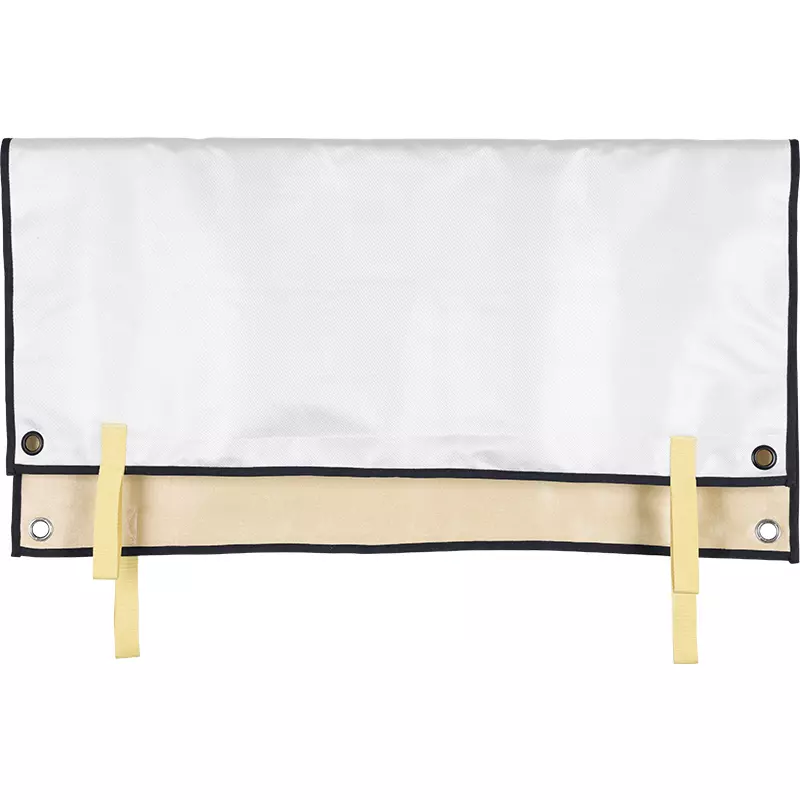
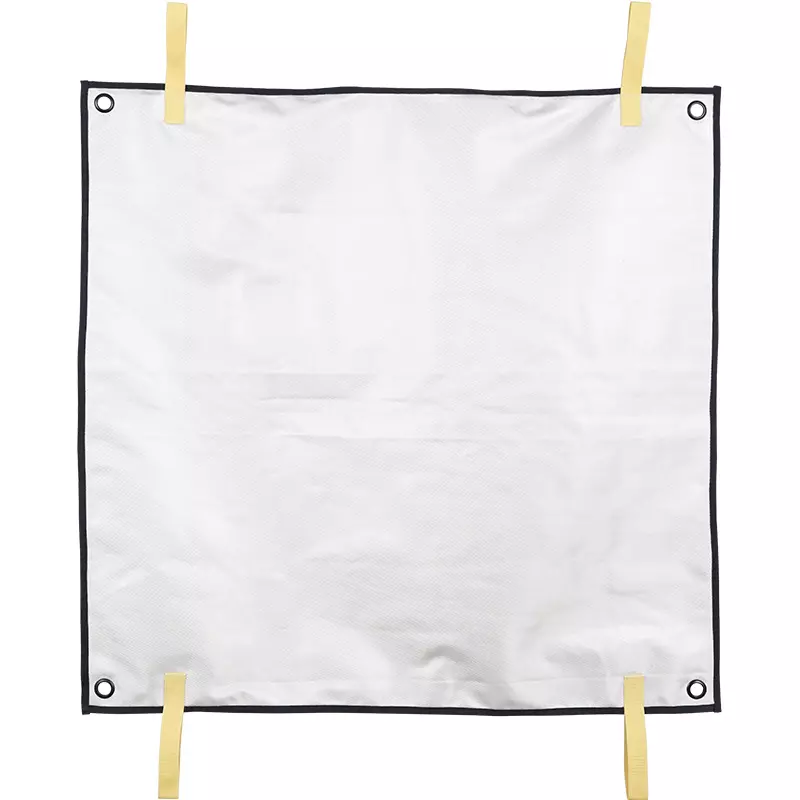
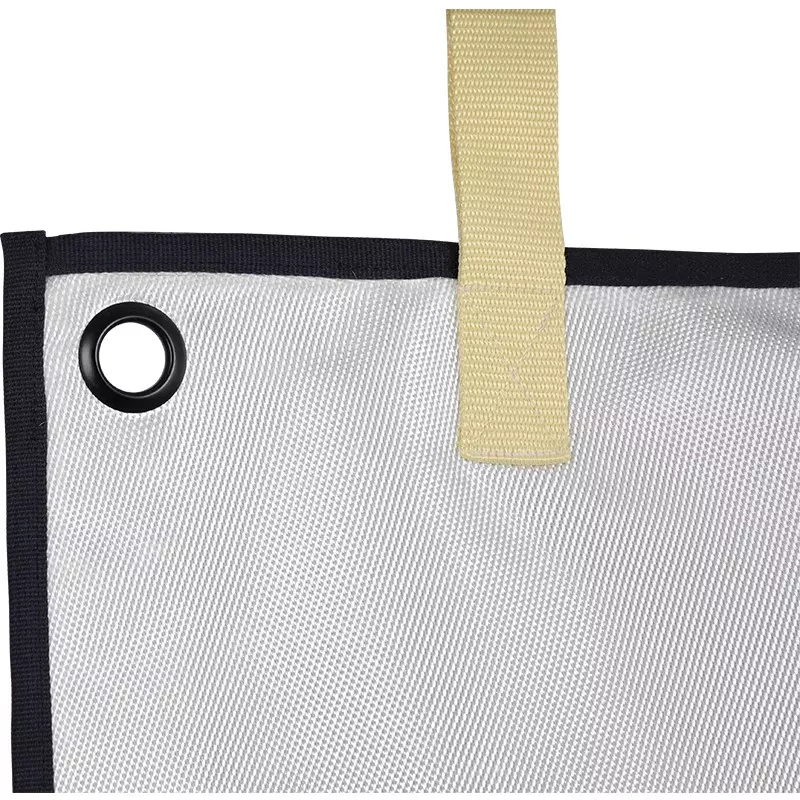
The main material of the fire extinguishing blanket material is resistant to high temperature over 900℃, and can be used for a long time in the environment of high temperature over 750℃.



If you need timely service, please contact us through online chat on our website
or Email: inquiry@cgprotection.com
WhatsApp: +8617317656853

| Brand | C&G |
| Product Name | Fire Blanket B |
| Model | FirBla-002 |
| Size | 1mx1m, 3.2mx4m, 6mx8m, can be customised |
| Description | The corners of the blanket have air holes for easy mooring, the whole blanket is sewn with flame-resistant and high-temperature resistant yarn, and the blanket is surrounded by high-temperature resistant and flame-resistant cloth. The middle layer is made of nano-ceramic fibre developed by Shanghai Chengge and Donghua University, which has the advantages of high temperature resistance, corrosion resistance and oxidation resistance, etc. The nano-ceramic fibre project has won the ‘First Prize of Scientific and Technological Invention of China Textile Industry Confederation in the year of 2023’. |
| Feature | the main material of the fire blanket can resist high temperature over 900℃, and can be used in the environment of high temperature over 750℃ for a long time. It has certain adsorption function of smoke, acid and alkali chemical anti-corrosion and wear resistance (except hydrofluoric acid, phosphoric acid and hydrochloric acid) |
| Application | the fire blanket is mainly used in enterprises, shopping malls, ships, automobiles, civil buildings and other occasions of a simple initial fire extinguishing tool. Including automobile 4S shops, large car parks, charging stations and large equipment accidental fire, fire in crowded public places to isolate to prevent the spread of fire, or enterprise equipment accidental fire to isolate the source of the fire, but also can be used for emergency fire emergency. |


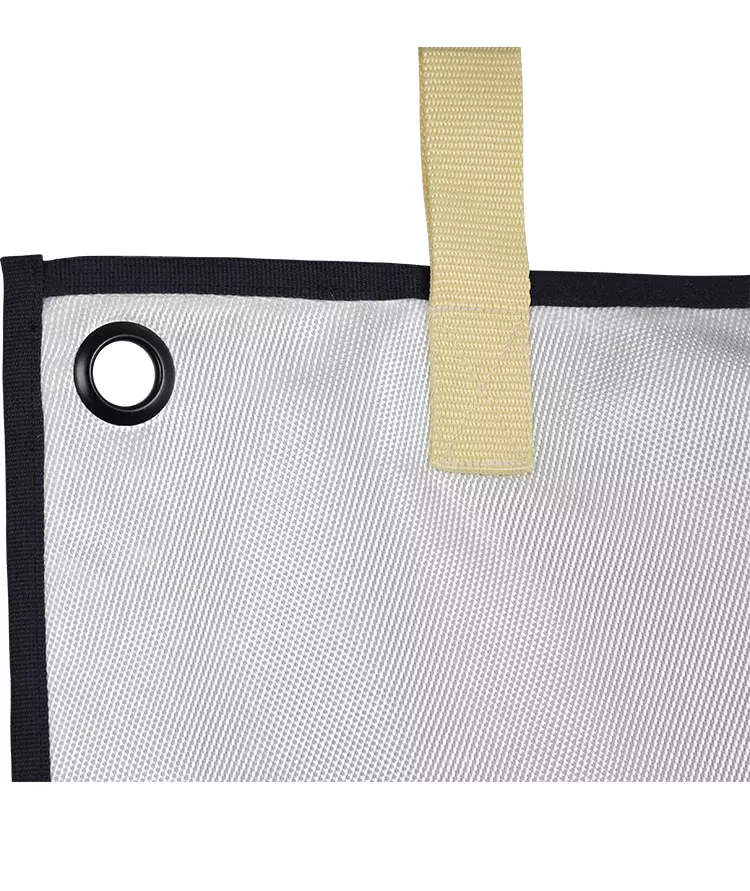




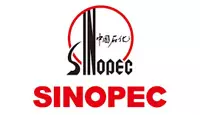


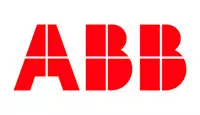


© 2023 Shanghai C&G. All Rights Reserved.